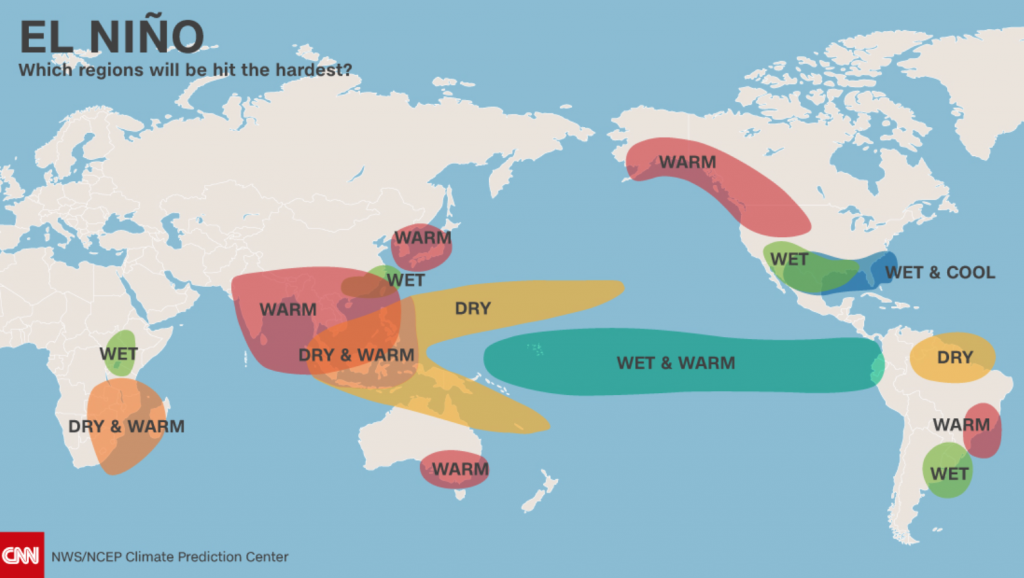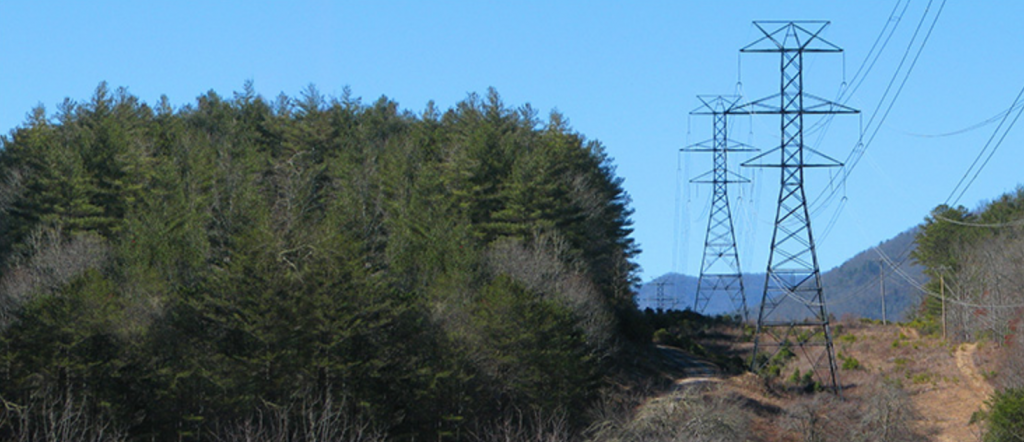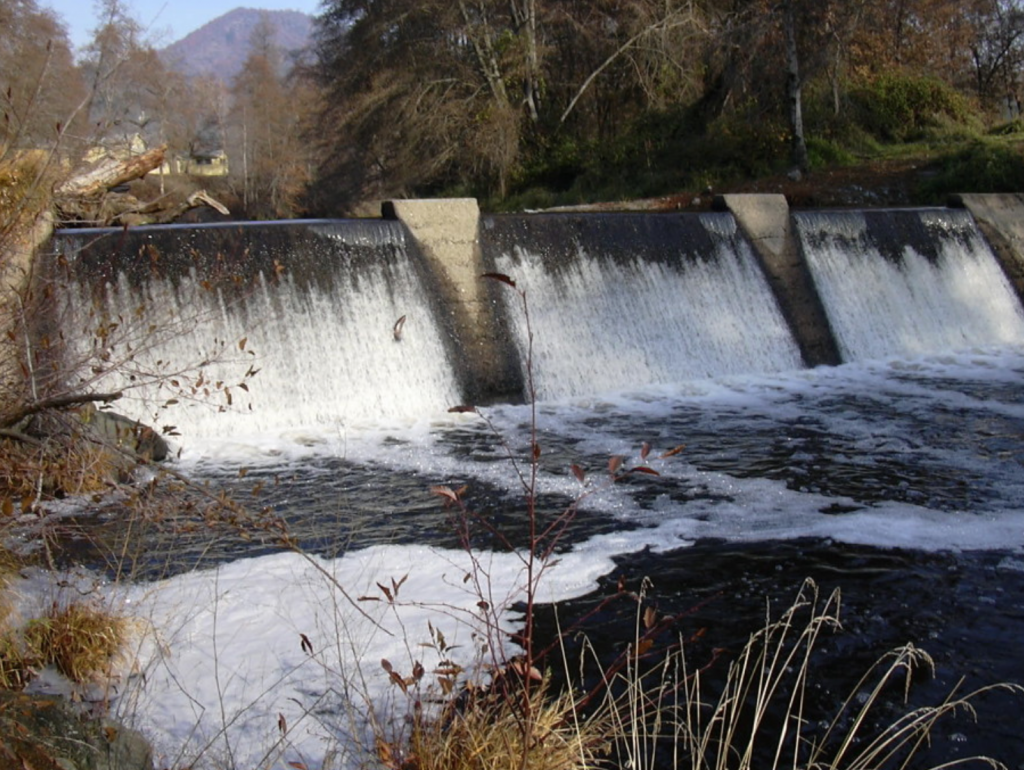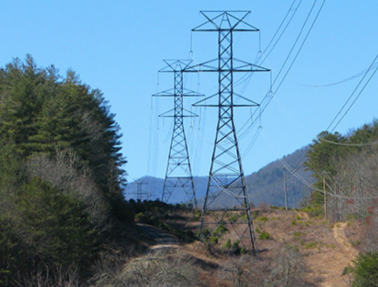Asheville, NC Man Swims 80-plus Miles Across Lake Michigan
You may remember Dr. Chris Lechner, an Asheville hand surgeon, from our article on his recent SUP journey along the entire length of the French Broad River back in June. As if that feat wasn’t impressive enough, Lechner is at it again. This time he ventured north to get his kicks and swam more than 80 miles across Lake Michigan. What’s more, he accomplished the amazing feat without the aid of a support boat, towing his safety gear—phones and an emergency beacon—on a paddle board being him. According to the Asheville Citizen Times, Lechner began his journey on Saturday at sunrise at Wind Point Lighthouse in Wisconsin and finished late Monday near Saugatuck Dunes State Park. Read the full article by Karen Chavez here.
El Niño Could Spell Better Skiing Conditions for Southeast and Midatlantic
There’s been a lot of talk in the media recently about the strengthening El Niño event that could wreak havoc on upcoming weather patterns. Some are even predicting that this year’s El Niño could eclipse the worst on record, which happened back in 1997 and was personified by the late great Chris Farley on Saturday Night Live.
So what does it all mean? Well, it’s a fairly complicated weather phenomenon that, according to the National Oceanic and Atmospheric Association, is characterized by unusually warm sea surface temperatures in equatorial portions of the Pacific Ocean. Somehow or another those unusually warm sea surface temps could translate into a colder, snowier winter for much of the Southeast and Mid-Atlantic.
 Source: CNN
Source: CNN
According to OnTheSnow.com, “skiers care about El Niño because a significant change in water temperature across a large area of the ocean affects weather patterns across the globe. There can also be cooler-than-normal weather across the southeastern U.S., which can help ski areas in Georgia, Alabama, and North Carolina with their snowmaking. If things come together just right, some storms can track up the East Coast and bring good amounts of snow to eastern areas of the Mid-Atlantic and New England.” Read more here.
Duke Energy Proposes ‘Western Carolinas Modernization Project’
Duke Energy is planning the construction of a 40-plus mile transmission line that will run from Asheville, North Carolina to Campabello, South Carolina. According to Duke, the proposed transition line is part of a broader effort to modernize power production and address the growing demand for electricity in Western North Carolina and the Foothills region of South Carolina.
“A new approximately 45-mile, 230-kilovolt (kV) transmission line will be constructed from the planned Foothills Substation located near Campobello, S.C. and connect to the Asheville Plant outside of Asheville, N.C,” the company said in a statement on its website. “These projects are critical to ensuring continued reliability of the electric system and maintaining the integrity of our transmission facilities that deliver power to homes, businesses and schools in this area.”
 Photo Courtesy of Duke Energy
Photo Courtesy of Duke Energy
Duke has encountered opposition to the proposed transmission line project. One Change.org petition titled “STOP the Duke Energy ‘Western Carolinas ‘Modernization’ Project” has garnered more than 4,000 signatures.
“This ‘modernization’ project will deface and defile the Foothills of WNC and Upstate SC,” the petition reads. “Many of the communities and areas to be affected are not even serviced by Duke Energy.”
According to WYFF4 “the project will require the purchase or seizure of properties and potentially even some conservation areas.”
The public comment period for this project has been extended to August 31. Comments can be submitted here.
Beyond the Blue Ridge
Animas River Reopened After Massive Waste Spill
On August 6, Environmental Protection Agency and contract workers at a defunct gold mine inadvertently unleashed 3 millions gallons of wastewater laden with arsenic, lead, and other heavy metals into Colorado’s Animas River, turning the popular waterway bright yellow and forcing the state close the river to all forms of recreational activity.
 Now the toxic plume has moved down river into Lake Powell and the Animas is open to recreation once again, but not before disrupting the lives of local raft guides and others who make their living from Animas River recreation.
Now the toxic plume has moved down river into Lake Powell and the Animas is open to recreation once again, but not before disrupting the lives of local raft guides and others who make their living from Animas River recreation.
Check out this NPR interview with Alex Mickel, a rafting guide in Durango, Colorado, whose business was distributed as a result of the toxic spill.
Two of Oregon’s Worst Dams are Coming Down
The Wimer and Fielder Dams were both constructed in the early 1900’s as irrigation diversion projects on Evans Creek in southern Oregon, a tributary of the Rogue River. In the 1980s the water rights to both the dams was abandoned and the large concrete structures were left defunct and unmaintained, acting as serious impediments for migrating coho and steelhead salmon.
 Threatened coho salmon jump up against the Wimer Dam. Photo Courtesy of OPB
Threatened coho salmon jump up against the Wimer Dam. Photo Courtesy of OPB
According to a report by Oregon Public Broadcasting, “The Oregon Department of Fish and Wildlife lists the Fielder and Wimer as two of the 10 worst barriers to fish passage in the state . This is significant, the reports says “considering there are more than 40,000 manmade obstacles on Oregon waterways.”
Demolition of these two dams is still in the early phases but is scheduled for completions sometime in September. Once the dams are removed, salmon migration is expected to return at full force. Read more here.
https://soundcloud.com/earthfix/dam-removal-in-southern-oregon-opens-up-70-miles-of-salmon-and-steelhead-habitat








